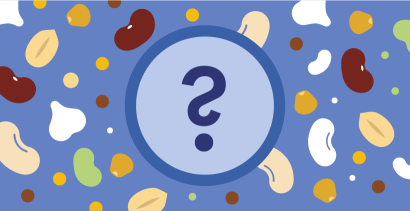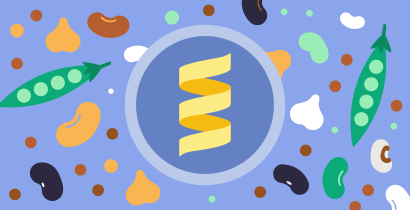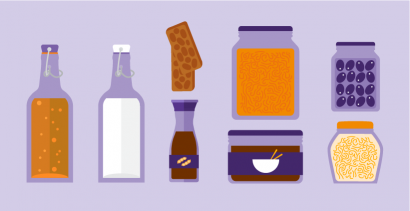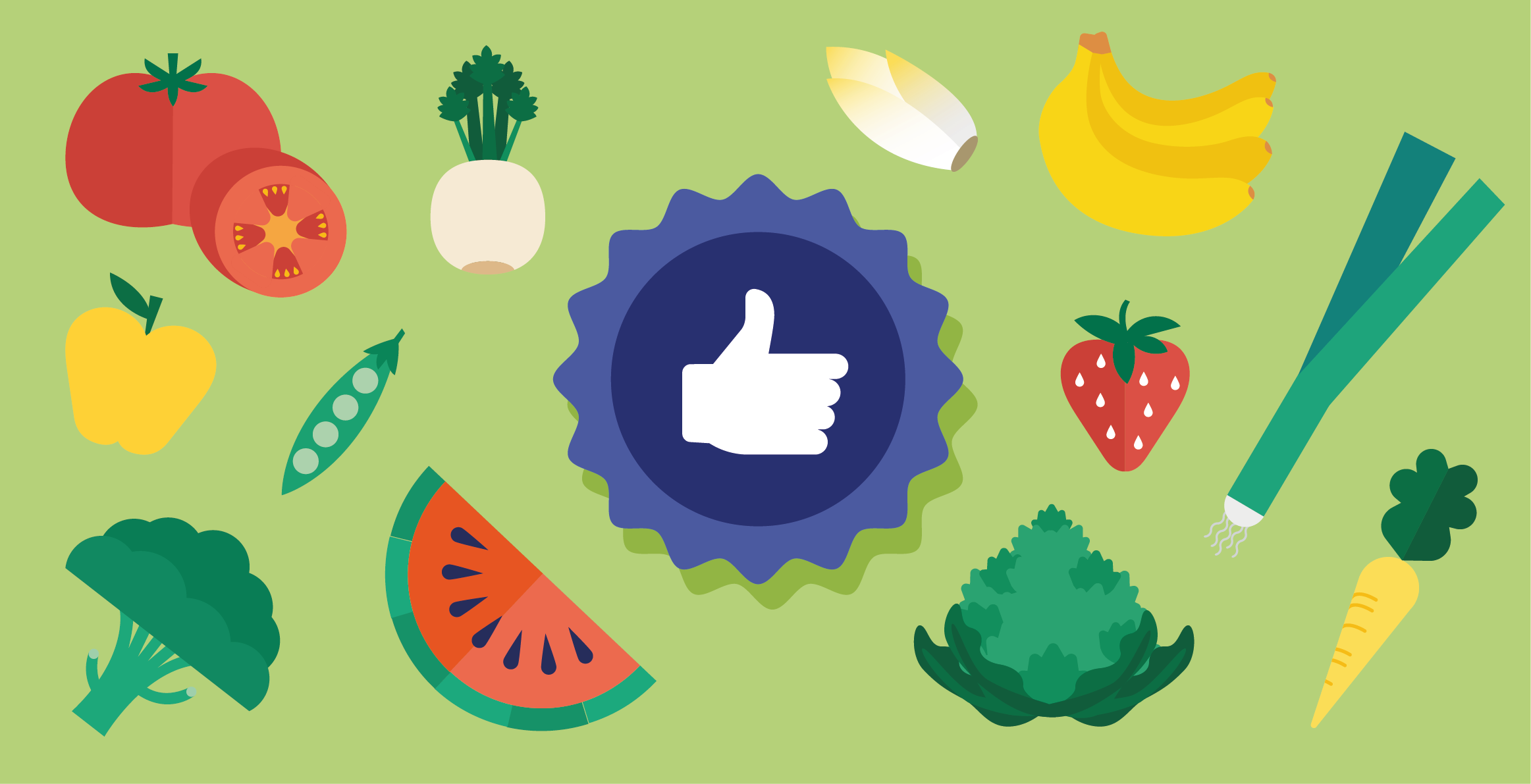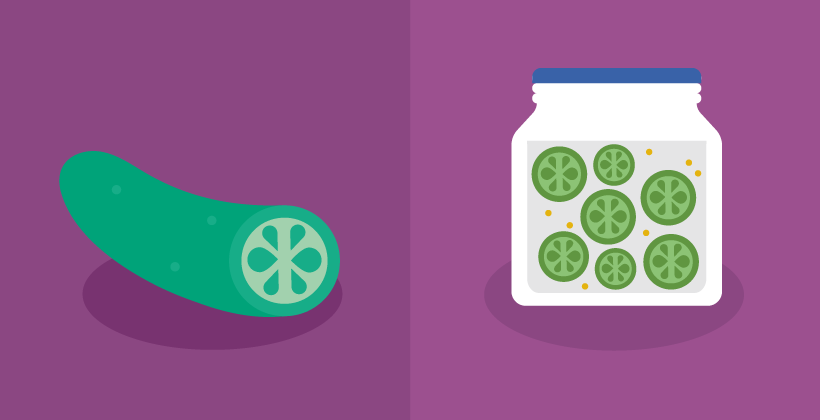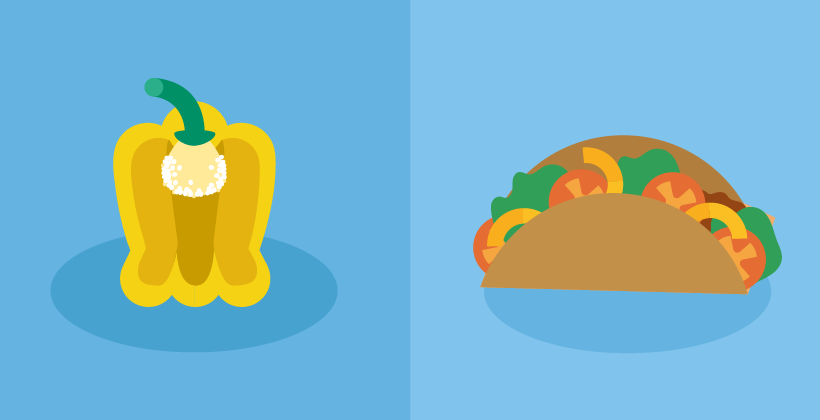Foods

Food plays a major role in our everyday lives. For good health and well-being, we need food! Food can be derived from both plant and animal sources and most commonly foods are a mixture of both. A variety of food in our diets supplies us with the energy and the nutrients which we require to have overall correct functioning of the body. The choice of food is wide and diverse with each food providing us with different types and amounts of nutrients affecting the body in many ways.
Pulses (Q&A)
26 November 2025Pulses are a simple and affordable solution to help tackle the climate, health, and cost-of-living crises. This article answers common questions about pulses.
Which pulses are high in protein?
10 February 2025Pulses make a great protein-packed ally for anyone looking to increase their plant-based protein intake. Discover the variety of high-protein pulses.
Is soy good or bad for you? Here’s what the science says
14 October 2024Soy has gained popularity as a versatile and nutritious food source. This article explores the nutrients found in soy and whether eating soy is good for us.
Caffeine levels in different foods and drinks
31 July 2024Do you know how much caffeine is in your cup of coffee? This article discovers the variety of foods and drinks that contain caffeine and their caffeine levels.
Fermented foods: What are they, and what is their impact on our health?
21 June 2024Fermented foods have been consumed for centuries across the globe. This article explores how they’re made, their health benefits, and their safety
The health benefits of regularly eating nuts and seeds
19 June 2024Explore nuts and seeds' health benefits, their nutrient content, and how often you should eat them.
The benefits of fruits and vegetables
24 July 2023Fruits and vegetables are an essential part of a healthy diet. Not only do these colourful foods add flavour and variety to your meals, but they also pack a powerful nutritional punch, providing vitamins, minerals, fibre and antioxidants. In this article, we will explore the health benefits of eating fruits and vegetables, how much and the best types to eat and answer some commonly asked questions about fruits.
Is a Tomato a Fruit or a Vegetable and Why?
04 March 2020Surely you can tell the difference between a fruit and a vegetable. Or can't you? Here's the answer to the old-age question 'is tomato a fruit or a vegetable'?
Is a Cucumber a Fruit or a Vegetable and Why?
04 March 2020Worldwide, cucumbers are one of the most popular produce items, but are they a fruit or vegetable? This article clears up the doubts.
Is a Pepper a Fruit or a Vegetable and Why?
04 March 2020Being able to tell whether a pepper is a fruit or a vegetable is not straightforward. Here we explain why the correct answer resides in the eye of the beholder.
